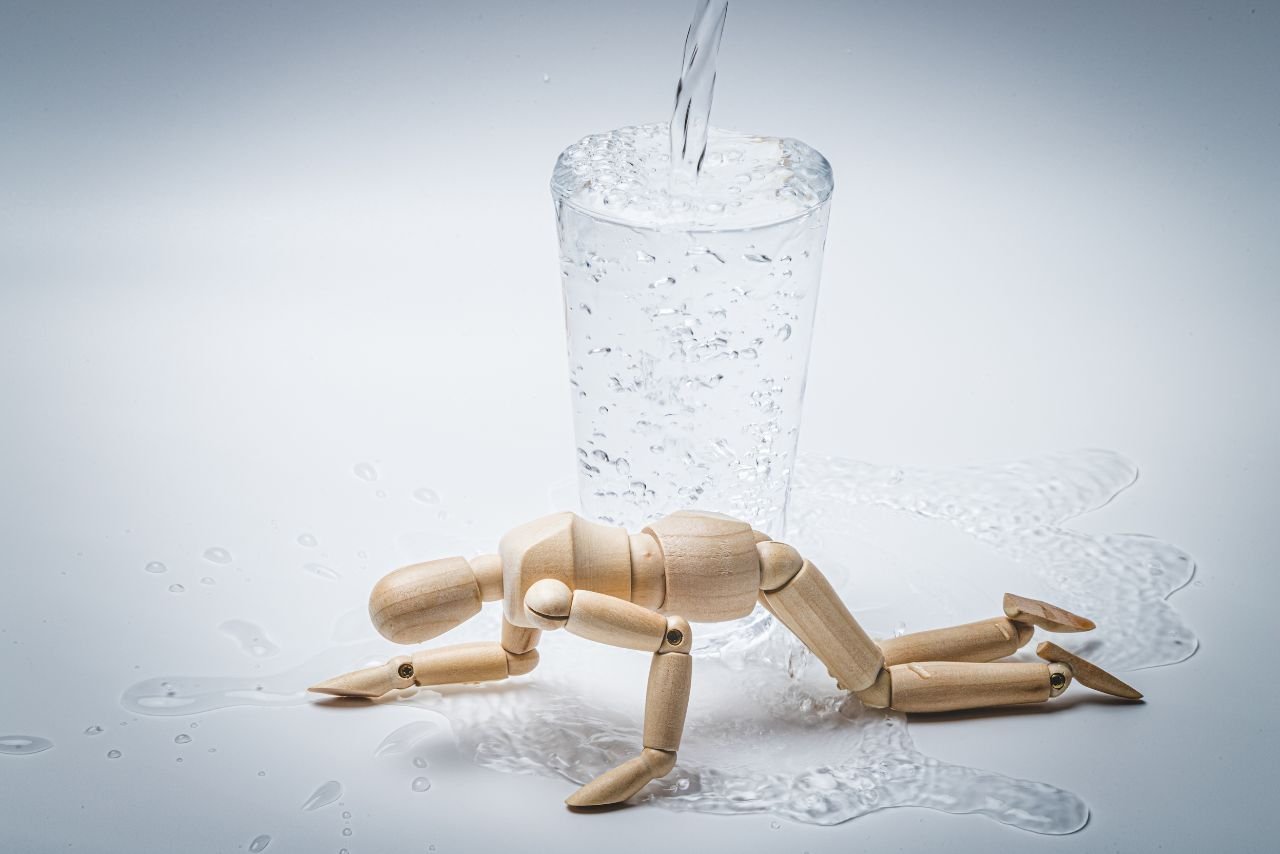If There Were One Theory On How We Get Injured or Sick - Part 1
If there were one theory that we return to time and time again, trying to help explain why people get "injured," it would be the theory of what we call "Neurological Loading Principle" or "Neural Tension."
Why you might ask, did I put quotation marks around "injured" in the paragraph above? Well, the term "injured" has many meanings, not all of which mean physical injuries like a sprained knee, shoulder, or back.
People also have:
Emotional "injuries."
Mental or psychological "injuries."
Chemical "injuries."
Typically, we see the type of "injury" that most people are familiar with in our facility: a physical one. But, all "injuries" come from the same exact origins... an overloaded nervous system.
Why do some people have psychological "breaks" when others have physical "breaks"?
Most likely, the answer would lie in our genetics. After all, in our opinion, neurological loading or stress is what exposes genetic weakness. Genetics is a gun, and epigenetics ( your daily behaviors) are what pull the trigger. Epigenetics can change genetics in both positive and adverse ways.
Typically, our explanation of Neurological Loading goes something like this: Imagine your nervous system as an empty glass. Each type of stress that the human body can have is equivalent to water poured into that glass. When an individual is in perfect health and living the "ideal" life, the glass of water would be about 2/3 full from handling daily survival-based existence. The remaining 1/3 of the glass gives us a bit of a buffer area to handle the fluctuating stressors of day-to-day challenges without any lasting negative consequences, as long as those stressors are temporary. When we experience any variety of stressors, it is like pouring a little water into the already 2/3 full cup. The nervous system doesn't differentiate between the types of stress we can have. All kinds of stressors blend in the nervous system analogy above as more water in the cup.
the types of stressors
Physical stressors: This might be a strenuous workout session or doing too much work in the yard or having a physically demanding job, etc., long hours at the desk in front of the computer, being dehydrated, or having a poor sleep pattern.
Psychological/mental/emotional stressors: Could be learning a new software project at work, working on the budget for the month, studying extra hard for a big exam, arguing with a partner, dealing with the loss of a loved one, or even disagreeing with your neighbor over their barking dog.
Chemical stressors: Eating an imbalanced diet, drinking alcohol, too much sugar, Being exposed to toxic environments in the air, through ingesting them, applying them to your skin or in your water.
Electromagnetic stressors: stresses from the modern world of microwaves in the matrix: wifi wave, cell phone waves, etc.
conclusion
In closing, neurological Loading or Neural Tension is the foundation for understanding injury and illness. An overloaded nervous system causes genetic weaknesses to be exposed. Recognizing the different ways we can create Neural Tension gives us a tool of self-awareness to allow us to begin to make choices in our lifestyle to decrease our Neurological Load and optimize health and well-being. In the next entry, we'll talk about looking at each stressor and how to self-rate your neurological load. Between now and then, do your best to make a note in your daily life where you may be finding excessive stressors filling your cup full.

